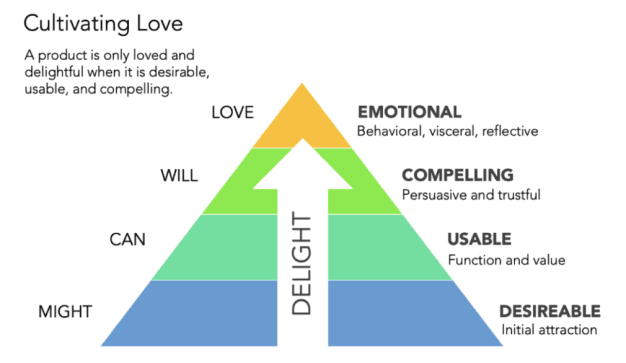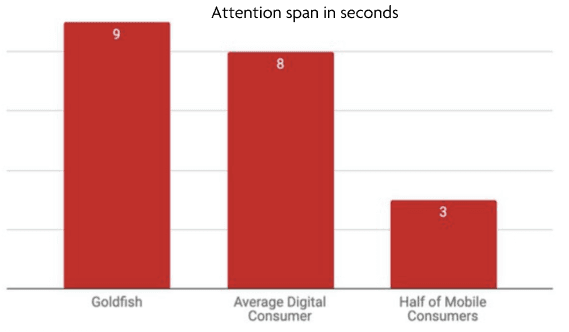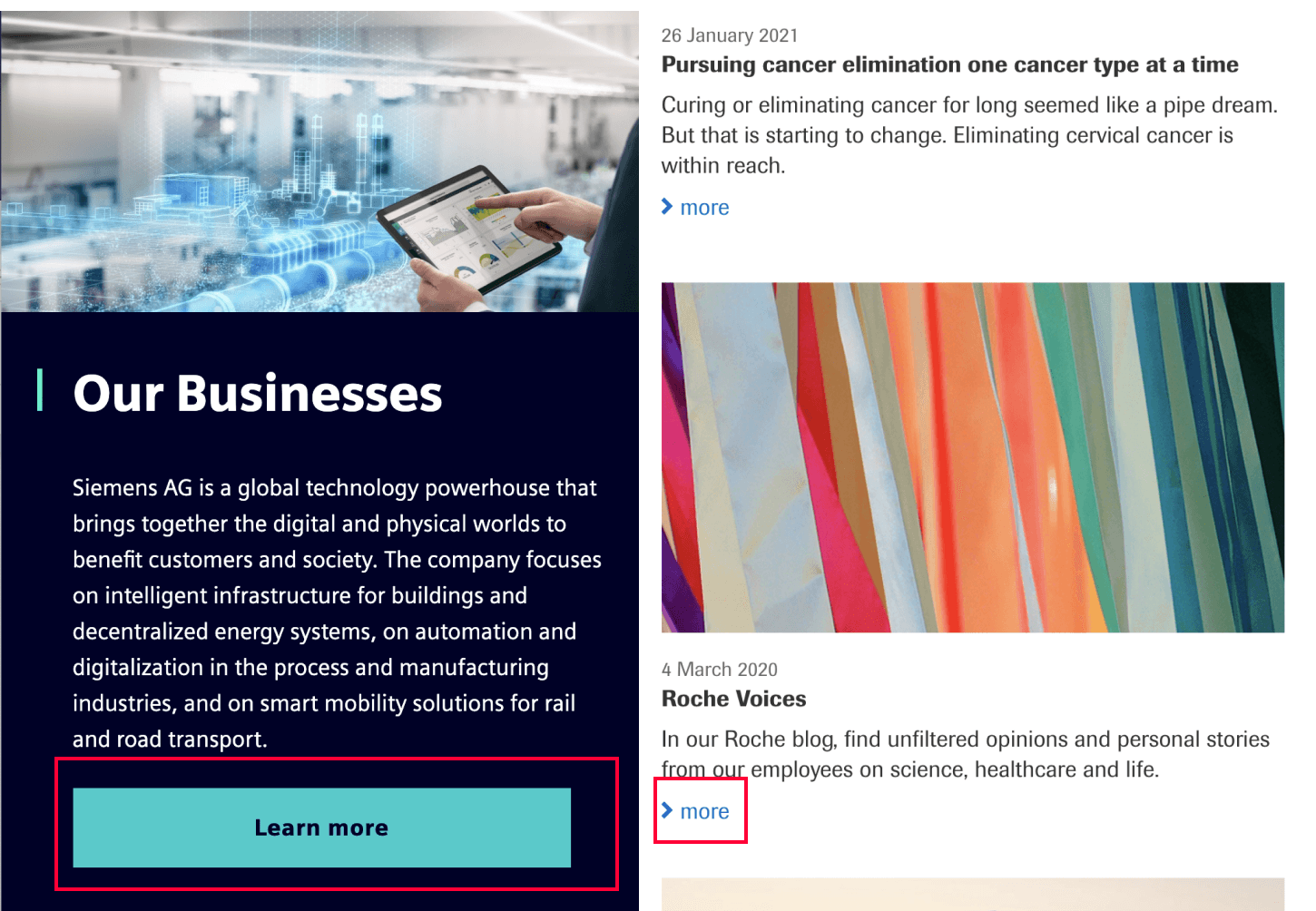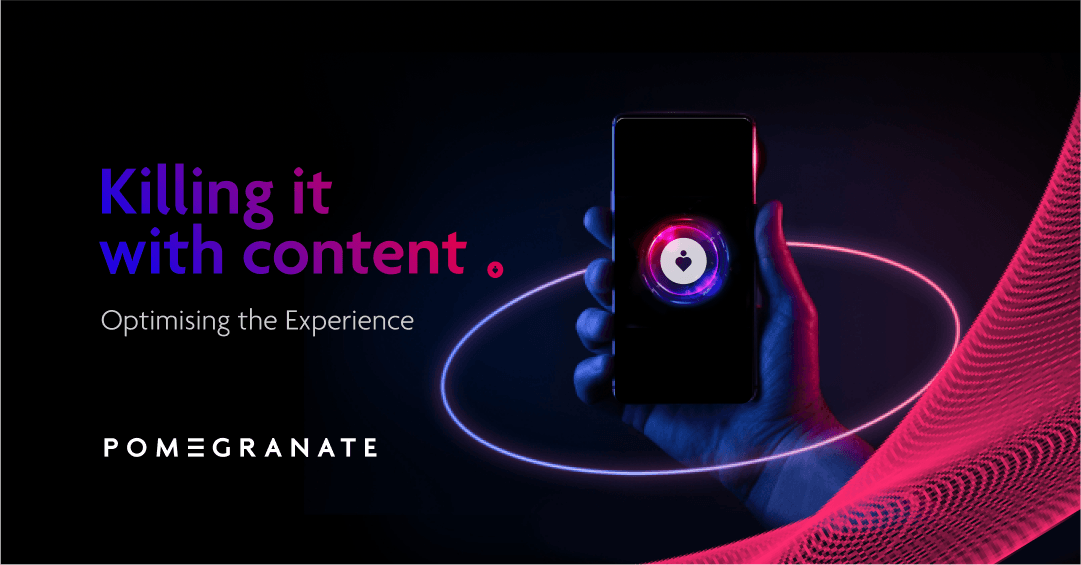Have you heard of Google’s Page experience?
It is common knowledge that Google is introducing significant changes to its algorithms in 2021, by ranking site searches based on how effectively websites are optimised for customer experience, rather than solely on SEO. This has huge potential consequences for brands, especially in terms of their relationships with digital customers. Google has had this planned for a while, but due to the scramble for new digital propositions triggered by the pandemic, the search engine offered a grace period to businesses, allowing them time to prepare. But with the May rollout looming, time is running out to sharpen your online experience and protect your search ranking.
Why is it so important?
“The page experience signal measures aspects of how users perceive the experience of interacting with a web page. Optimizing for these factors makes the web more delightful for users across all web browsers and surfaces, and helps sites evolve towards user expectations on mobile. We believe this will contribute to business success on the web as users grow more engaged and can transact with less friction.” Google.
As Healthcare brands already know, the transition to digital can be challenging and competition within the sector is fierce. But Google’s 200 new ranking factors mean that success will ultimately boil down to customer experience. Human behaviours are dynamic and highly contextual, so technology and search engines must also evolve to keep up. With Google focusing their algorithm changes on mobile searches first, we’re here to offer Healthcare companies some insight on how to fully embrace the mobile shift of consumers.
According to GE Healthcare, ‘75% of frequent healthcare consumers are frustrated and unsatisfied with their experience.’ So the question is how can we improve it?
Firstly, basic hygiene is important - we’re talking website speed, error checks, and mobile optimisation. Whilst these are undoubtedly important, effective UX begins with emotional design methodology. In other words, building love for your brand. And its principles apply consistently across all industries.

Don Norman, the founding father of emotional design, claims it exists on three levels - Visceral, Behavioural and Reflective. Together, they shape our emotional reactions to experiences, and ultimately our purchase decisions.
Building Trust
Step one is to create an initial sensory experience, setting the mood for the customer, and compelling them to experience and trust the brand. Don Norman calls this Visceral design. This is a foundational step in the relationship, as it builds a positive pre-conscious emotion towards your brand and product.
Trust can be built through marketing and brand awareness. It's especially important for Healthcare brands to build trust and communicate openly and honestly through their messaging, but also through visually stimulating and engaging landing pages. Remember: consumers' attention is a scarce commodity. Your mobile site has under 3 seconds to engage a user, or they are gone.

Tips for building trust
1. Powerful hero message
Your mobile site needs a homepage hero to set the tone for your brand and make a powerful first impression. Beckman-Coulter shows us what not to do. Their uninspiring hero and emotionless text serve only to frustrate the user. Those who are new to the brand are immediately left uninterested and disengaged. By contrast, the Siemens Healthineers homepage elicits excitement, optimism, and a desire to know more, leading to more time on the site and a higher probability of conversion.


2. Don’t overwhelm your audience
Achieving a well-measured delivery of content at each stage of the journey can be tricky, yet it’s critical in making your users feel comfortable, especially when giving away their information. To build sufficient brand trust for users to take action, they must first feel motivated and comfortable. This applies both to retail brands and B2B.
3. Sweat the small stuff
Typos, broken links and other errors undermine credibility. 404 error pages convey sloppiness and a lack of pride in your brand. This not only fuels customers’ frustrations but also shows them that you are unwilling to pay attention to details.
Connecting to consumer behaviour
There are many design principles which can influence consumer behaviour. Behavioural Emotional Design elicits reactions as the consumer is immersed in the experience. How they react and the emotions they express (joy, anger, satisfaction) all derive from the behavioural design and its usability. These stem from the functionality and usability of the experience, such as speed and ease of navigation.
###Designing mobile experiences to stimulate positive behaviours:
Even the basics of mobile responsive design are often overlooked by brands, and will affect your site usability following Google’s updates.
1. Navigation
Mobile navigations can needlessly complicate the user experience. They must be big enough to allow the user to select the right options with their fingers, but compact enough to make the options simple. A nav that does not respond well to mobile touches or one that does not fit on the page causes frustration and stress, increasing bounce rates. A clear, relatable and easy to use navigation will mean not only will users quickly find what they need, but they will also feel joy and satisfaction. Siemens Healthineers is a perfect example of navigation which has not been optimised for mobile - with categories hanging off of the edge and unable to read, it instantly makes the user disheartened and frustrated.

2. Search functions
Users are time-poor. Complex navigation and the inability to search, or a poorly designed and imprecise search tool, will create frustration and harm conversion.
3. Button functionality
An obvious but often overlooked error. Mobile is browsed with fingers and thumbs, making it harder to click precisely on buttons and calls to action - especially if there is not enough space to hit them. An effective pixel area should be at least 1cm square. Here you can see examples of good button functionality and poor spacing and functionality.

Harnessing Emotion
Reflective emotional design is how the user feels having immersed themself in the experience. It is how they remember it. Positive reflective emotion is paramount, as it encourages return and advocacy. Techniques such as personalisation, positive surprise, relatable voice and micro interactions are vital in cultivating positive emotions.
Tips for creating positive emotions and improving conversion
1. Tailored experiences
Consumers are diverse and respond to being treated as individuals. Whilst there can be a fine line between personalisation and privacy within healthcare, users must feel that you are invested in them as people. Analysing user data and behaviours online can help build an understanding of their wants and needs, leading to a more personalised experience. Siemens have begun implementing personalised responses into their website, with a ‘how can I help you’ element available to help users search more efficiently.

2. Microinteractions
Microinteractions are often imperceptible yet potentially decisive moments which can hugely impact the user’s overall experience. They mirror the principles of body language through a two-way digital experience. With attention to detail, they enable designs to form a personal bond with customers, distinguishing you from competitors and leaving users with positive reflections on the experience, as well as, greater affinity with the brand. Siemens have adhered to these principles in their site design, ensuring that all buttons have colour responses. These small touches provoke emotions, enticing users to explore further.
Healthcare brands have been slow to adopt the changes to digital. But delivering an excellent customer and user experience is not something they can afford to ignore. In the digital age, customer attention and patience are in short supply and therefore it is important to acknowledge these foundational steps to increasing user experience in order to minimise the chances of being knocked by Google’s changes in algorithms. Brands that fail to embrace emotional design methodology will quickly find themselves overtaken, punished by Google’s new wave of algorithms.
At Pomegranate we want to ensure that all businesses are harnessing the power of digital and are harnessing the power of emotional design to boost business growth. We would be happy to teach you more about our methodology and how you can get ready for Google’s changes.





